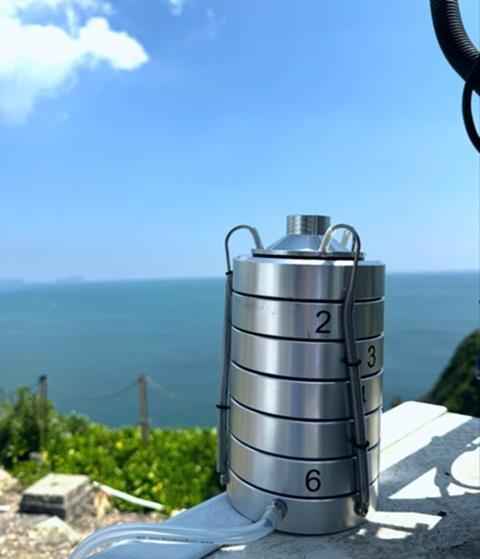As city dwellers may know, escaping to the beach can provide a much-needed change of scenery or a mental reset. Historically, some doctors even prescribed trips to the sea to treat diseases.

And now, research published in ACS’ Environmental Science & Technology Letters provides another reason to visit the coast. A pilot study found that urban air contained pathogenic strains of Candida yeast that were absent in coastal air samples, revealing a potential transmission method.
READ MORE: Study discovers tuberculosis genes necessary for airborne transmission
READ MORE: Airport travel and your footwear as a pathogen transmission vector – should you be concerned
Candida yeasts are a group of common microbes that exist harmlessly on people’s skin and in the lining of internal organs. Yet in certain conditions, they can overgrow and cause vaginal yeast infections or oral thrush. These infections are known to spread through direct contact or bodily fluids. However, previous research found Candida DNA in the air, suggesting that the yeast is capable of airborne transmission. So, Ling Nathanael Jin and colleagues looked for infectious strains of live Candida in urban and coastal air samples.
Air samples
The researchers collected air samples in Hong Kong and in a nearby less populated location overlooking the South China Sea once a month for an entire year. In 12 of the urban air samples, they found three species of Candida classified by the World Health Organization as fungal pathogens: C. albicans, C. parapsilosis, and C. tropicalis. Conversely, the samples collected at the coastal site did not have detectable levels of Candida. This difference between the locations suggested to the researchers that the airborne yeast has industrial or urban origins, such as wastewater treatment plants.
Additionally, a few of the urban air samples contained pathogenic Candida species that are resistant to common anti-fungal drugs. The researchers say that overuse of anti-fungal drugs, pollutants such as heavy metals in urban environments, or rising air temperatures may contribute to this resistance. Finally, the genetic makeup of one of these airborne Candida strains was closely related to samples previously taken from Candida-infected individuals, suggesting that the airborne strains could be infectious.
Challenging assumptions
The researchers say that this work challenges the long-standing assumption that Candida is primarily transmitted through direct contact, instead presenting it as an emerging airborne pathogen. However, more studies are needed to investigate where urban Candida originates and to understand exactly how infectious these airborne particles may be.
The authors acknowledge funding from the Research Grants Council of Hong Kong, the National Natural Science Foundation of China, the Presidential Young Scholar Scheme, the Research Institute for Sustainable Urban Development Joint Research Fund, the Research Centre for Nature-based Urban Infrastructure Solutions, and HuaJun Metal Products (Hong Kong) Co. Limited.







No comments yet